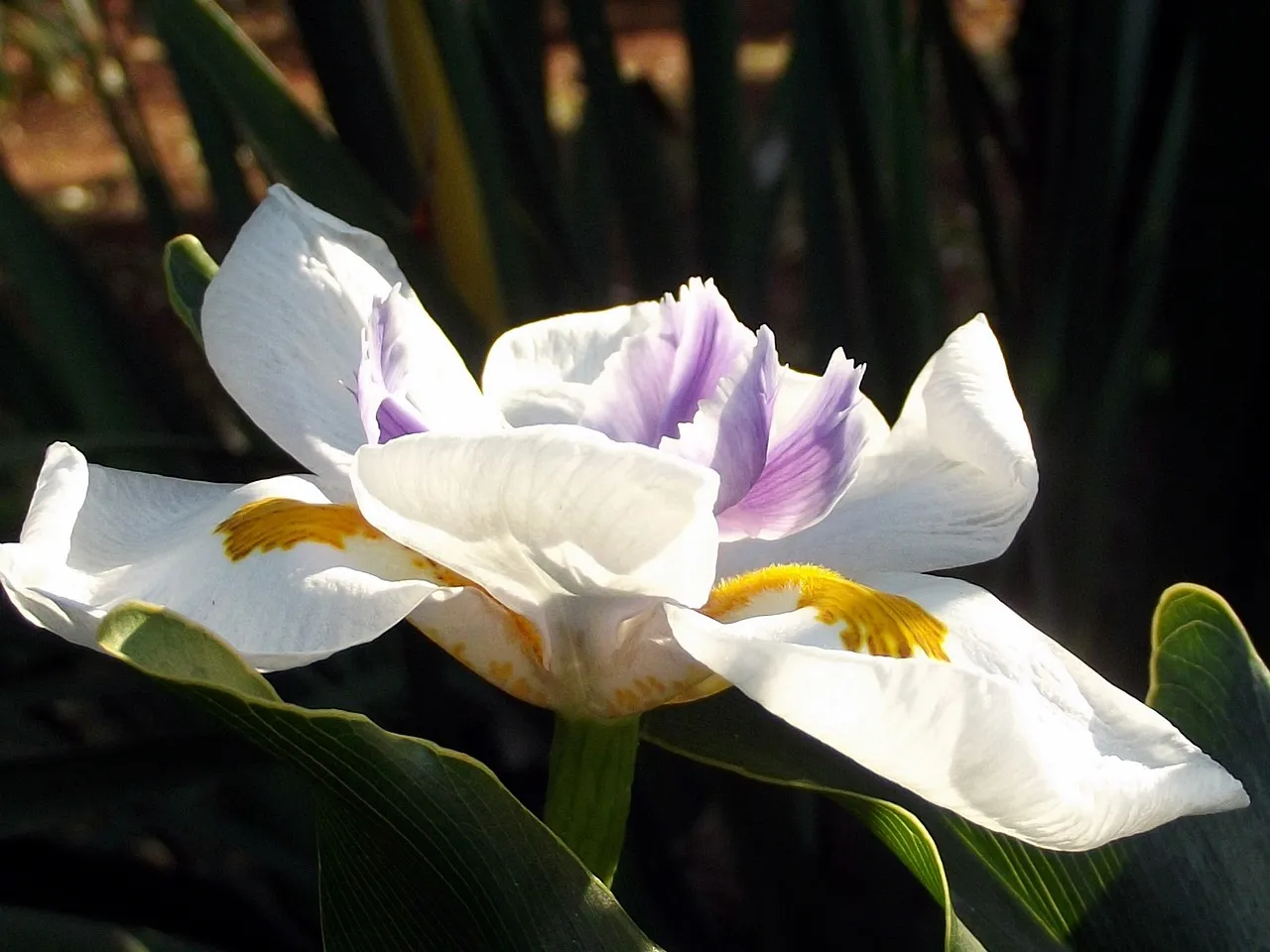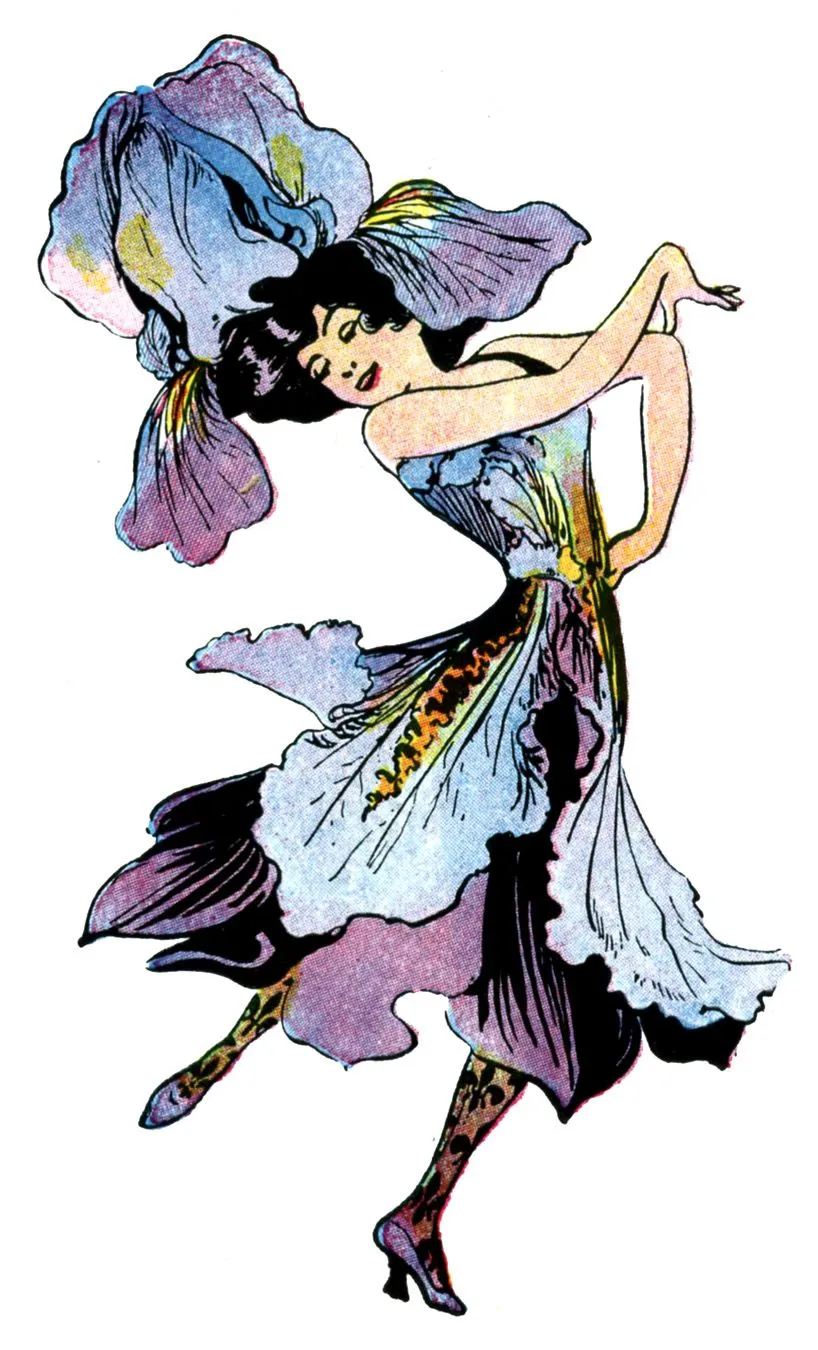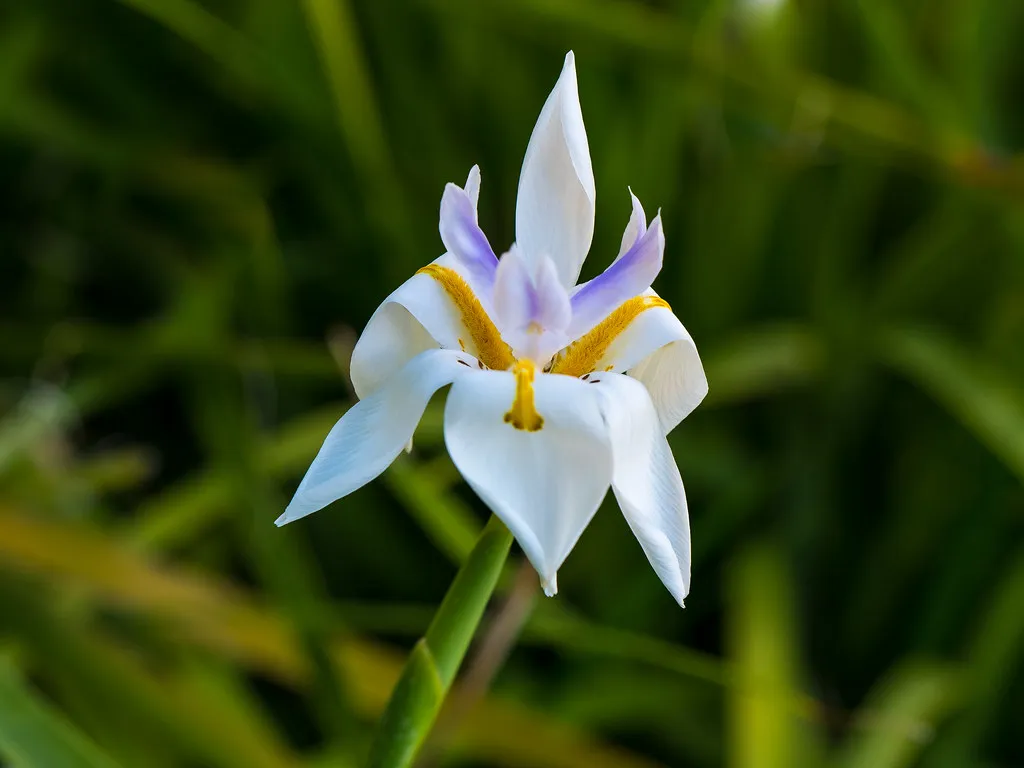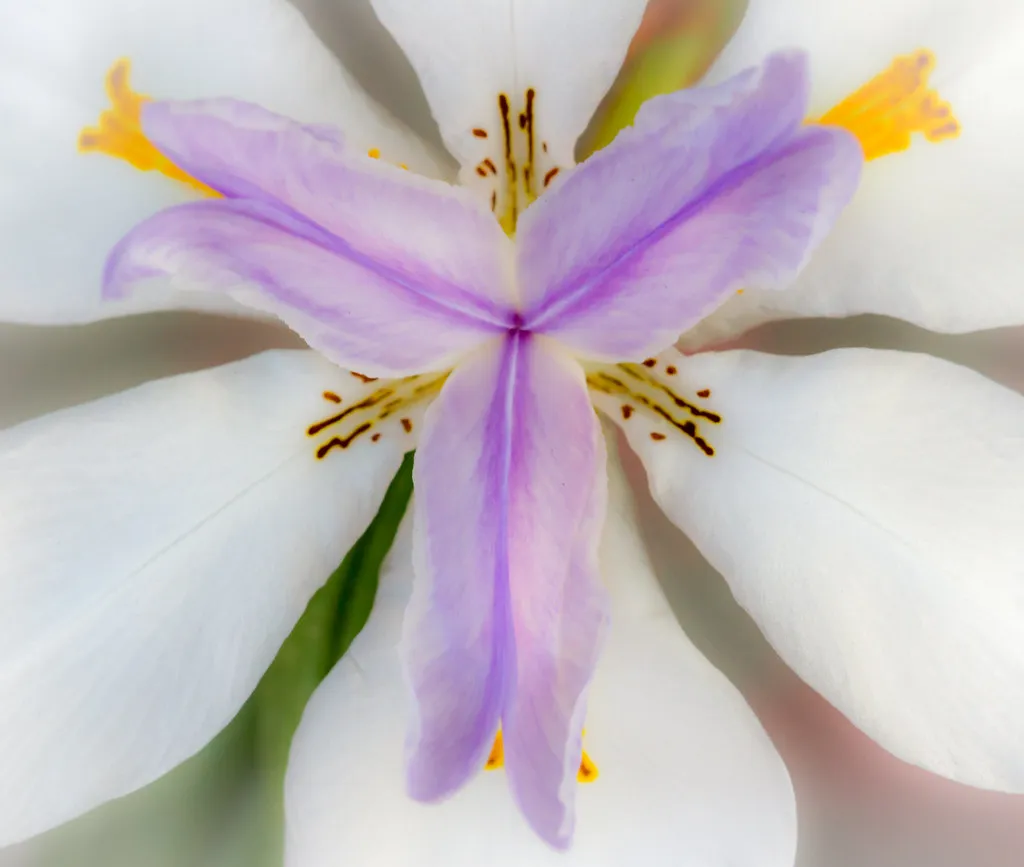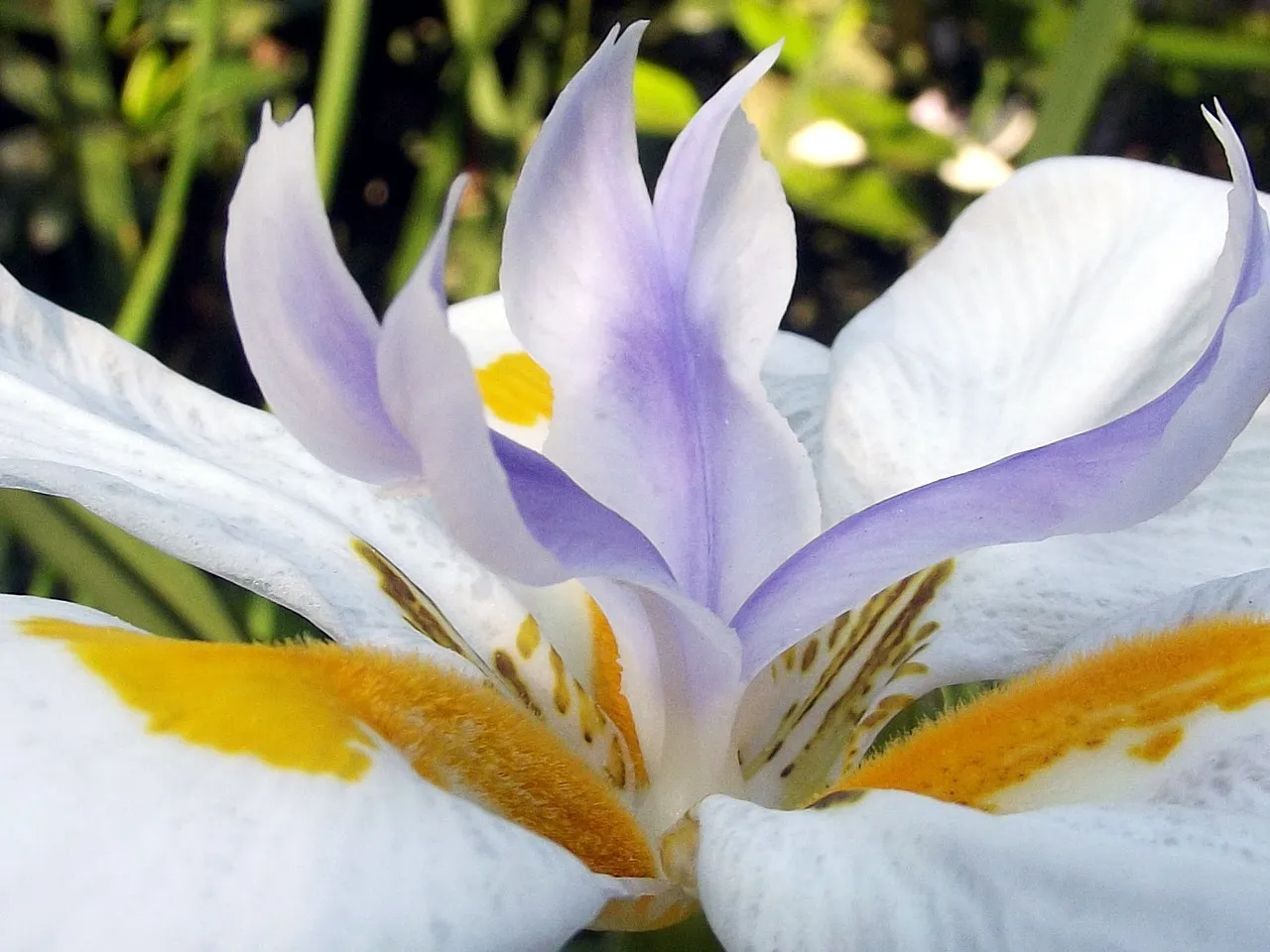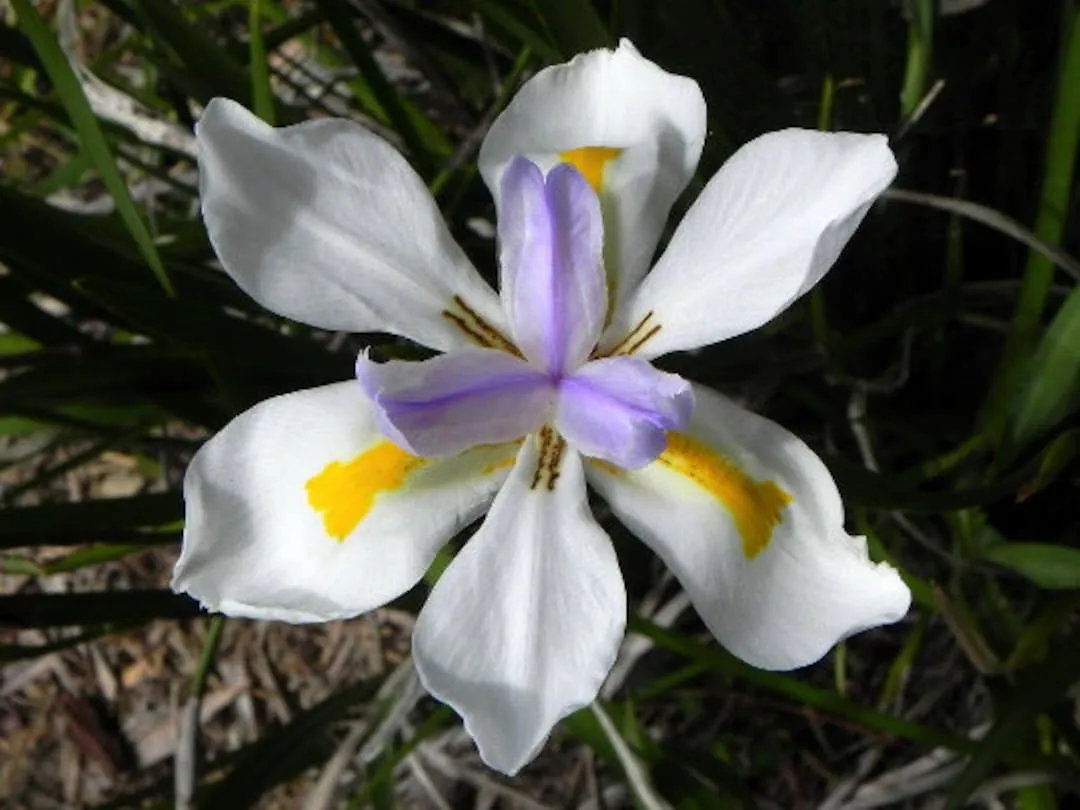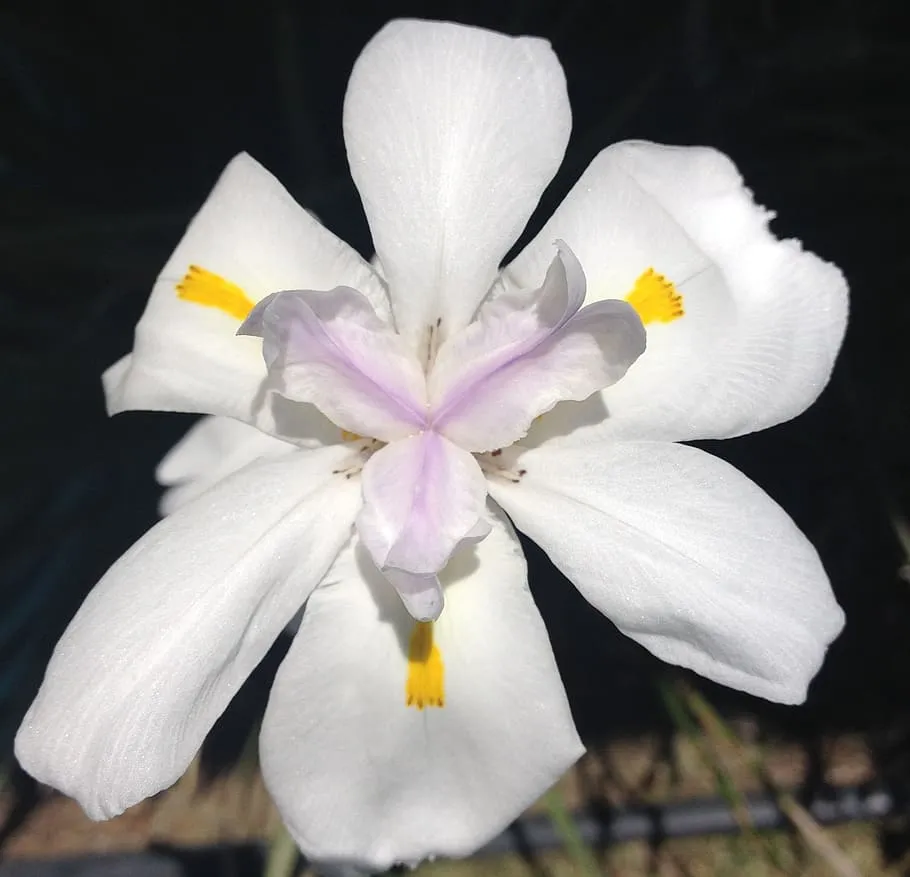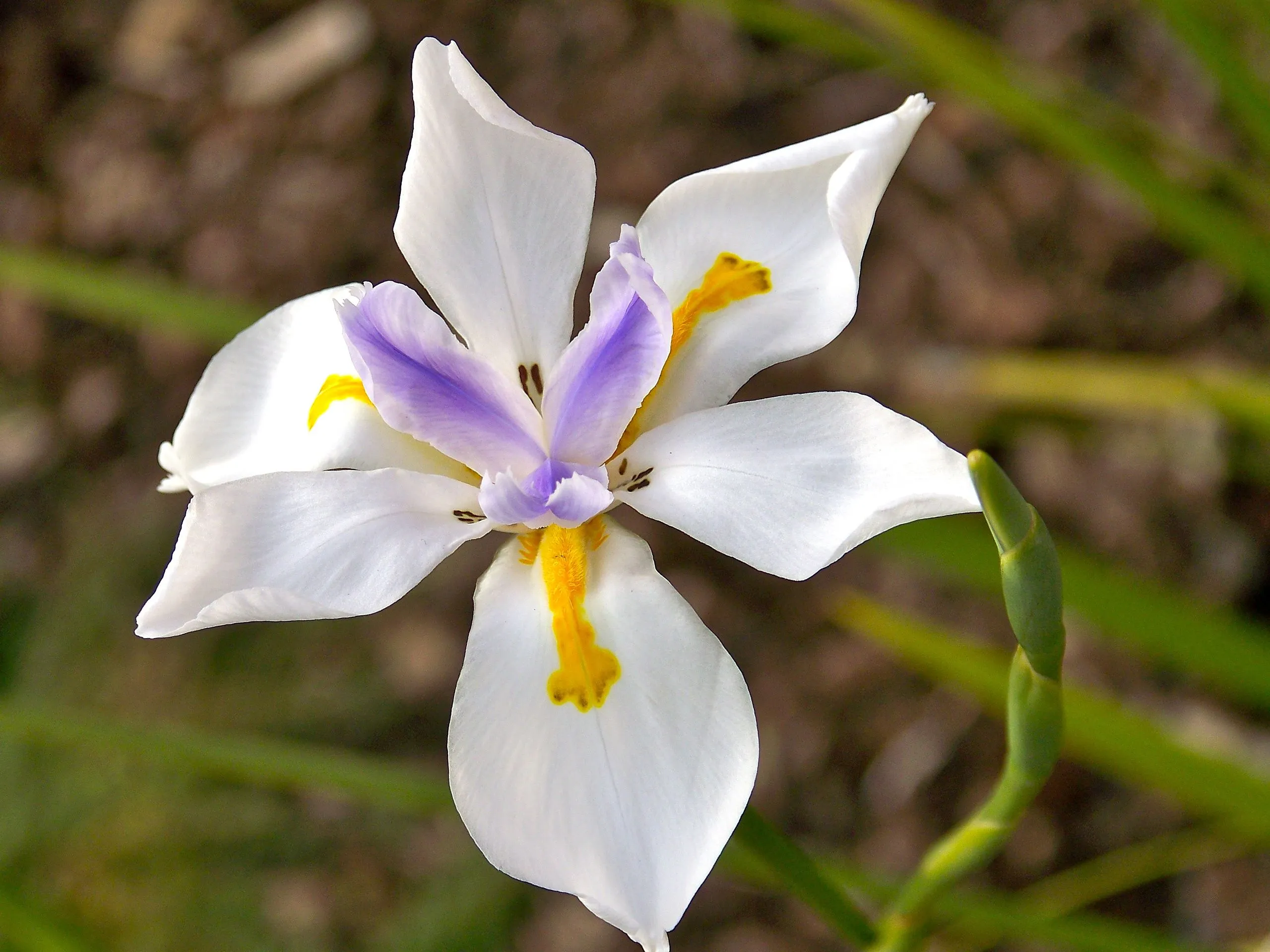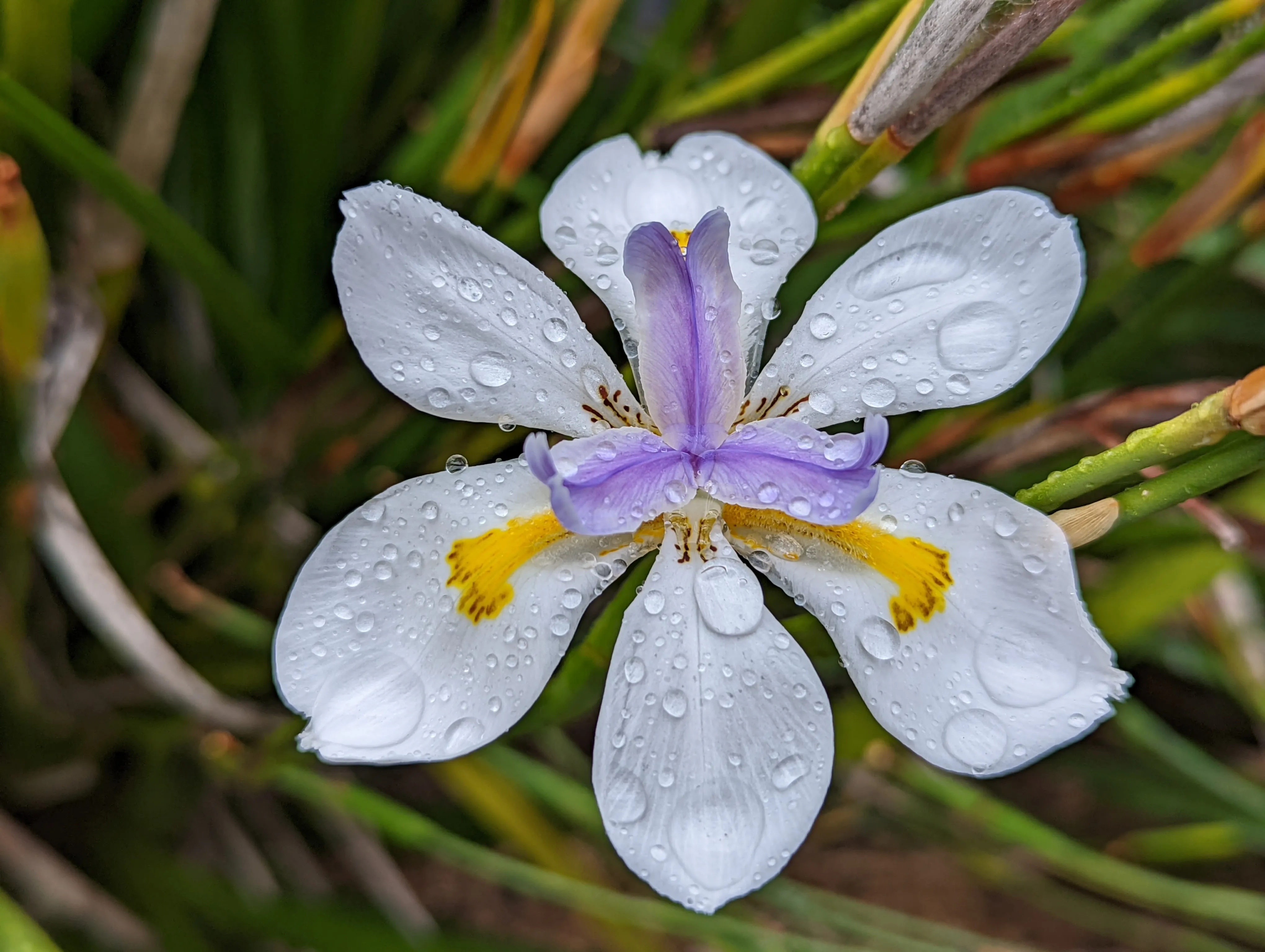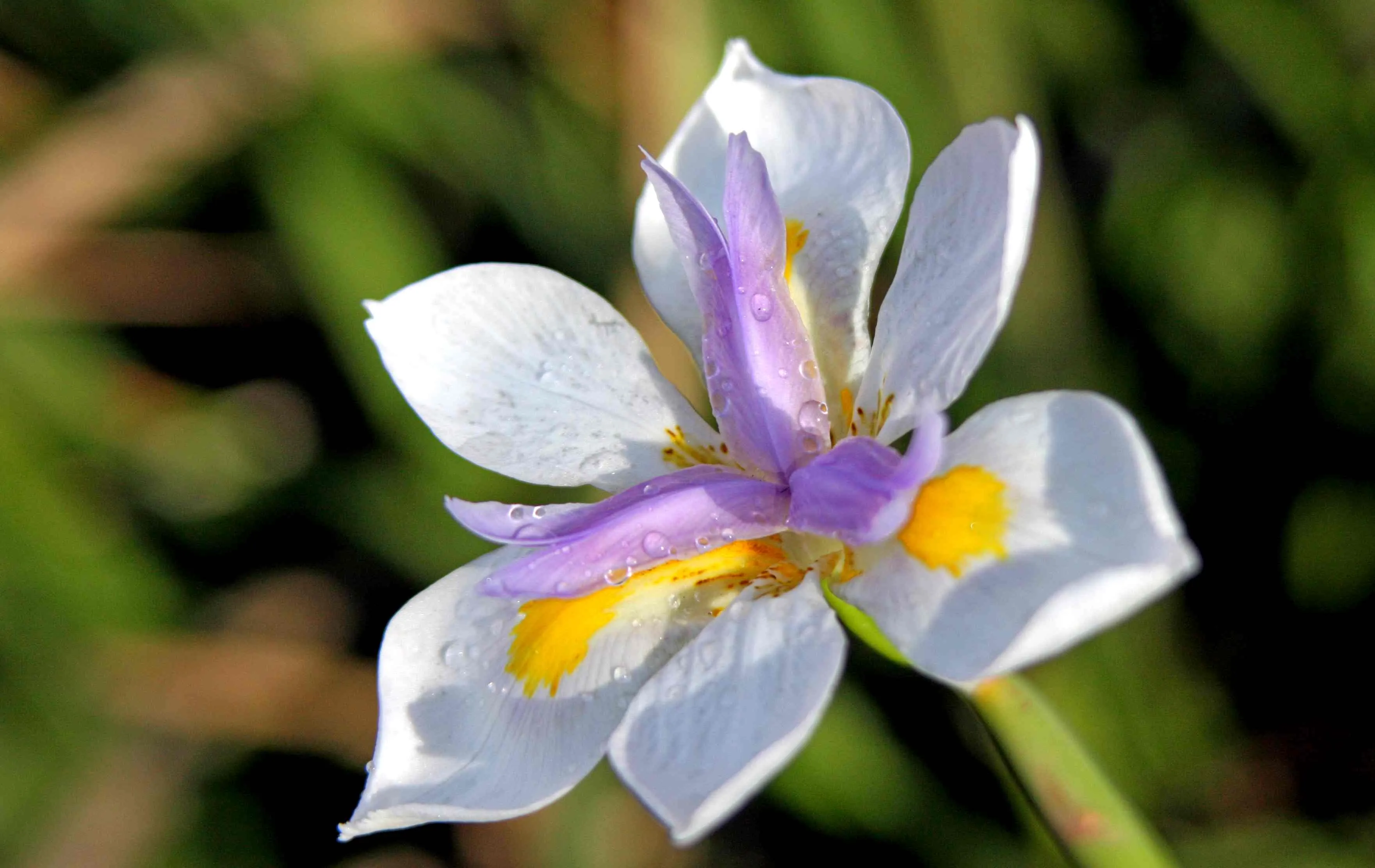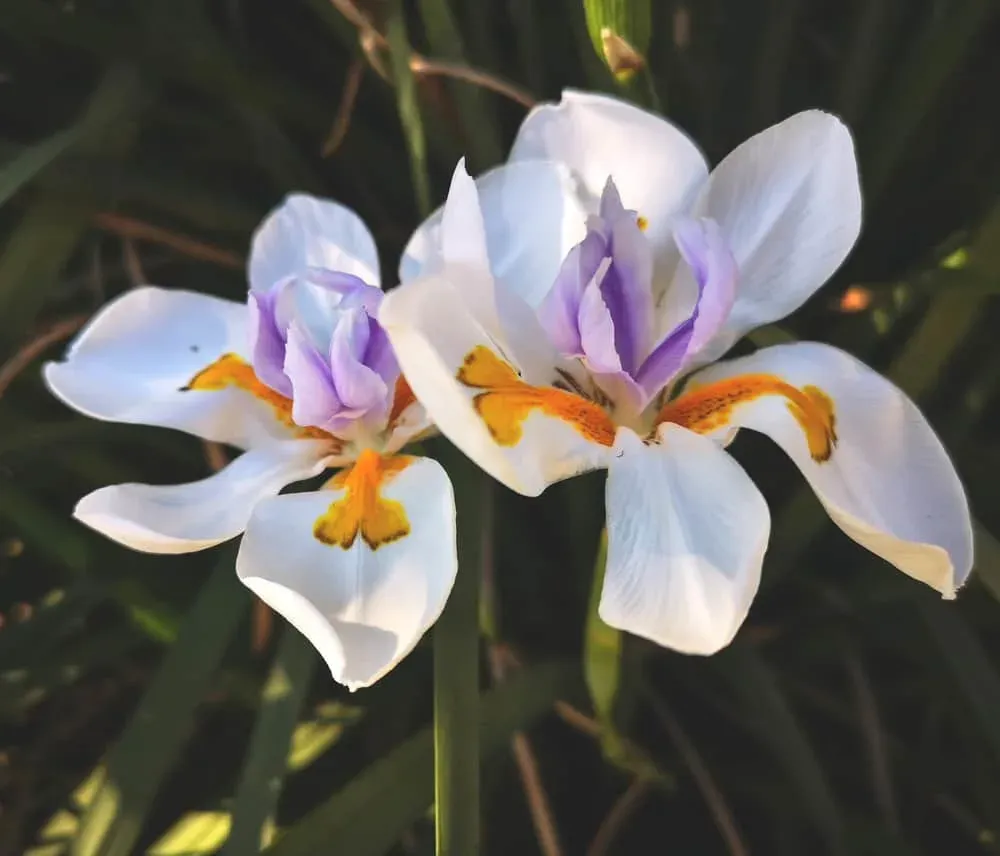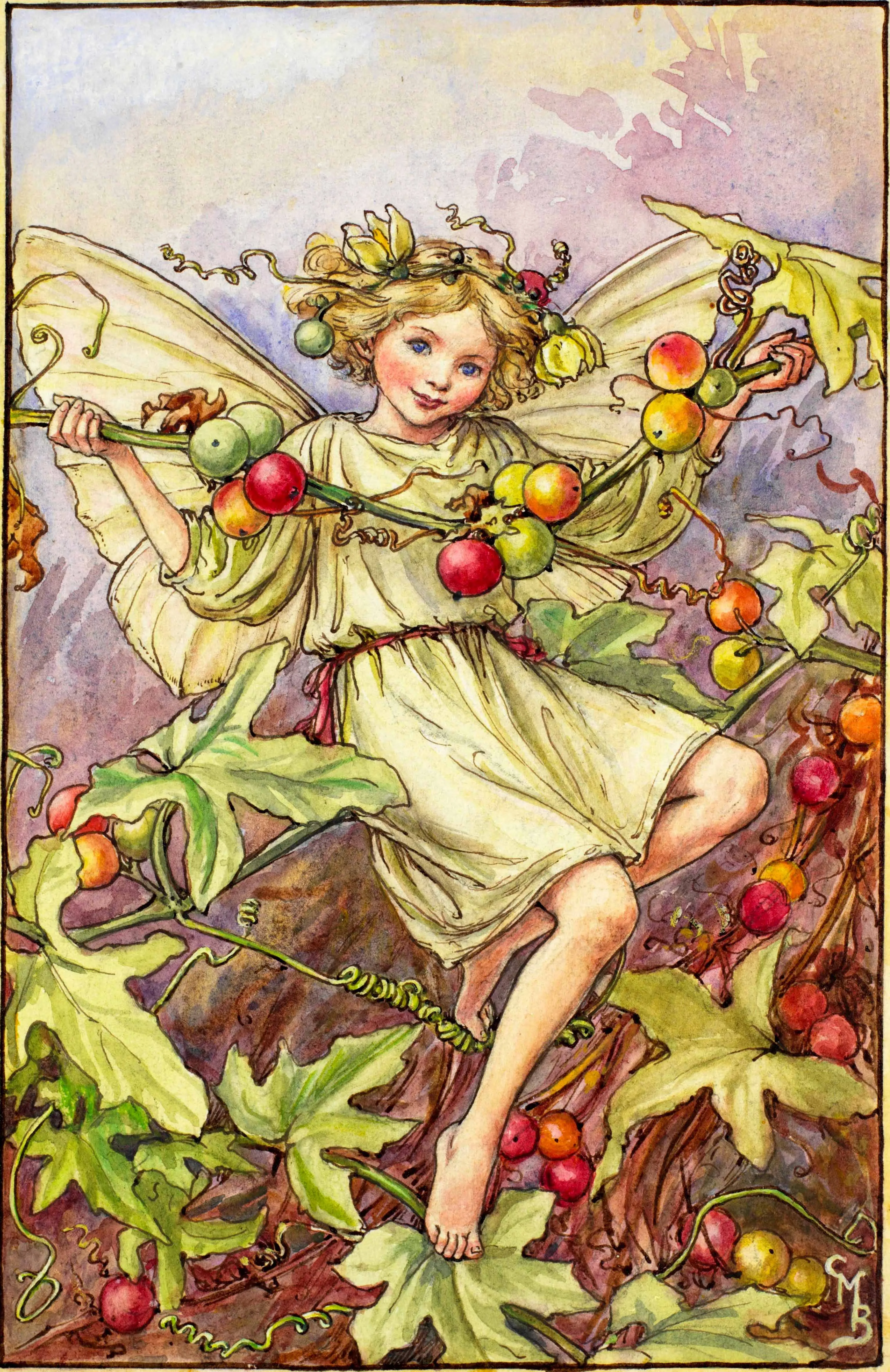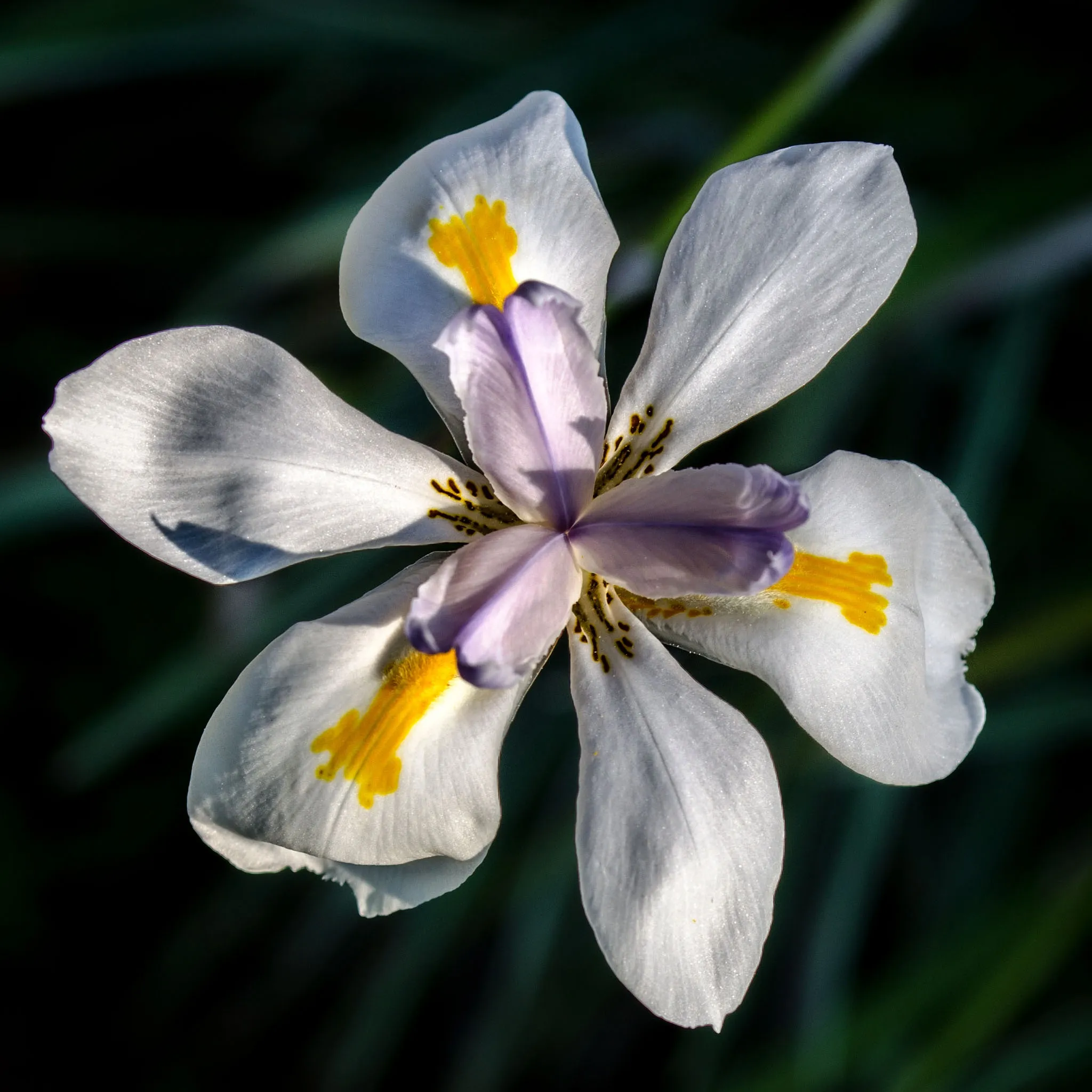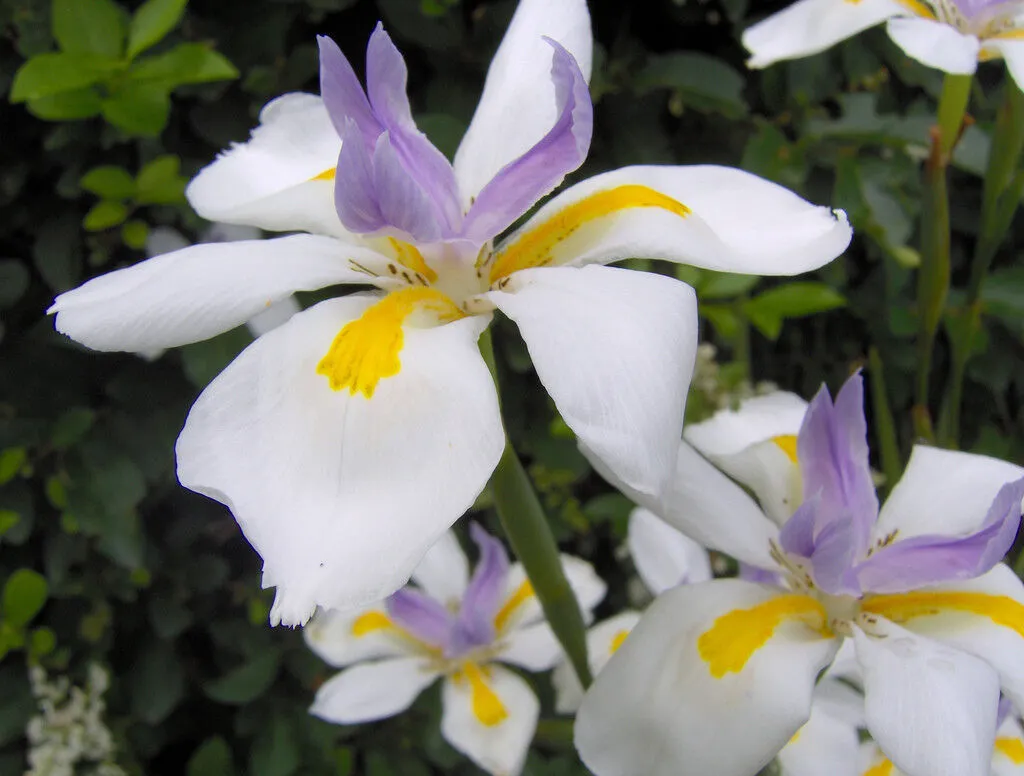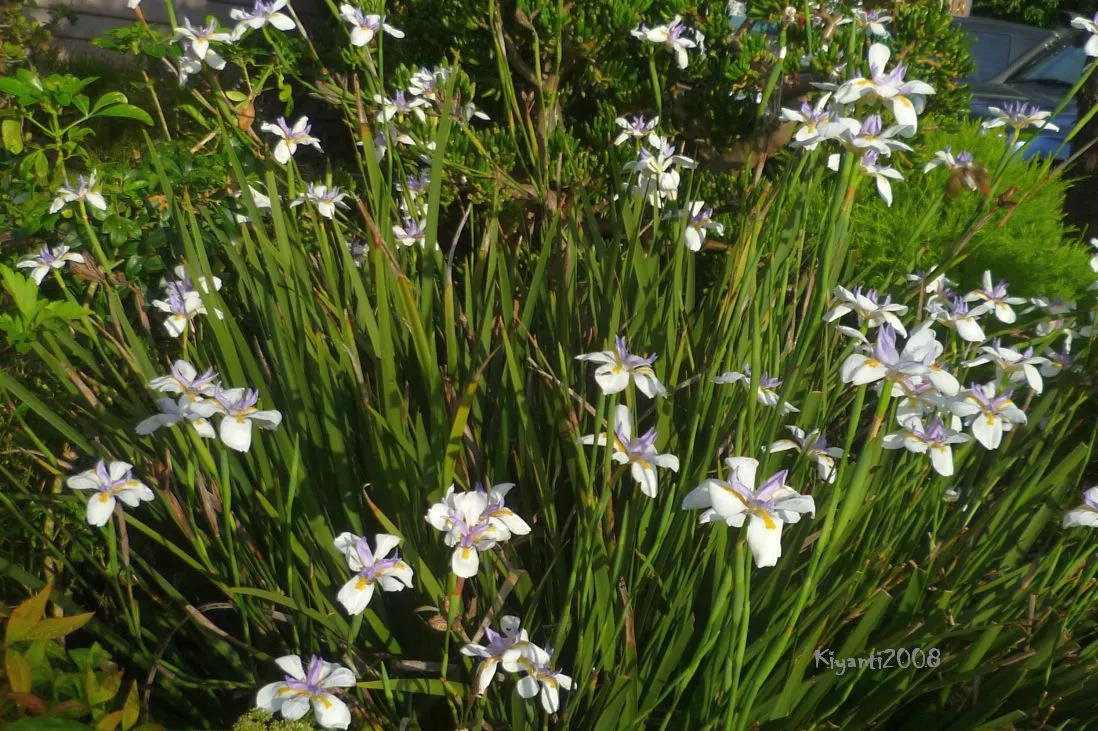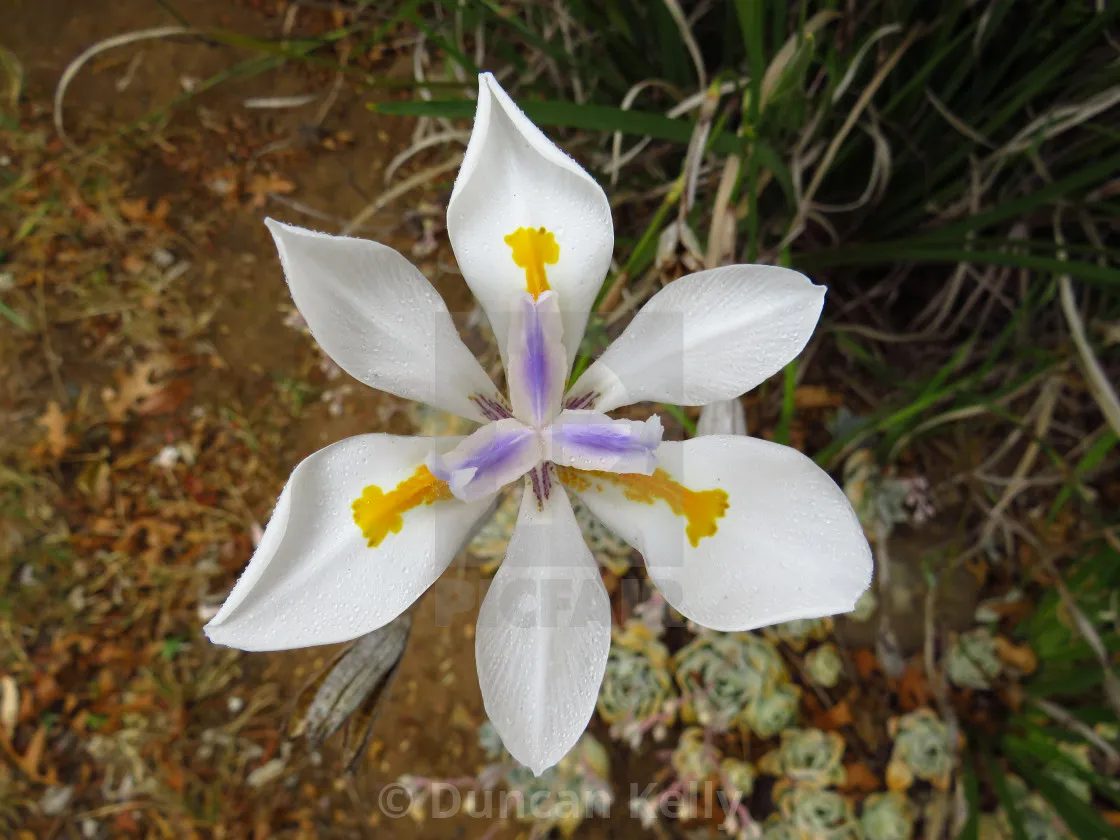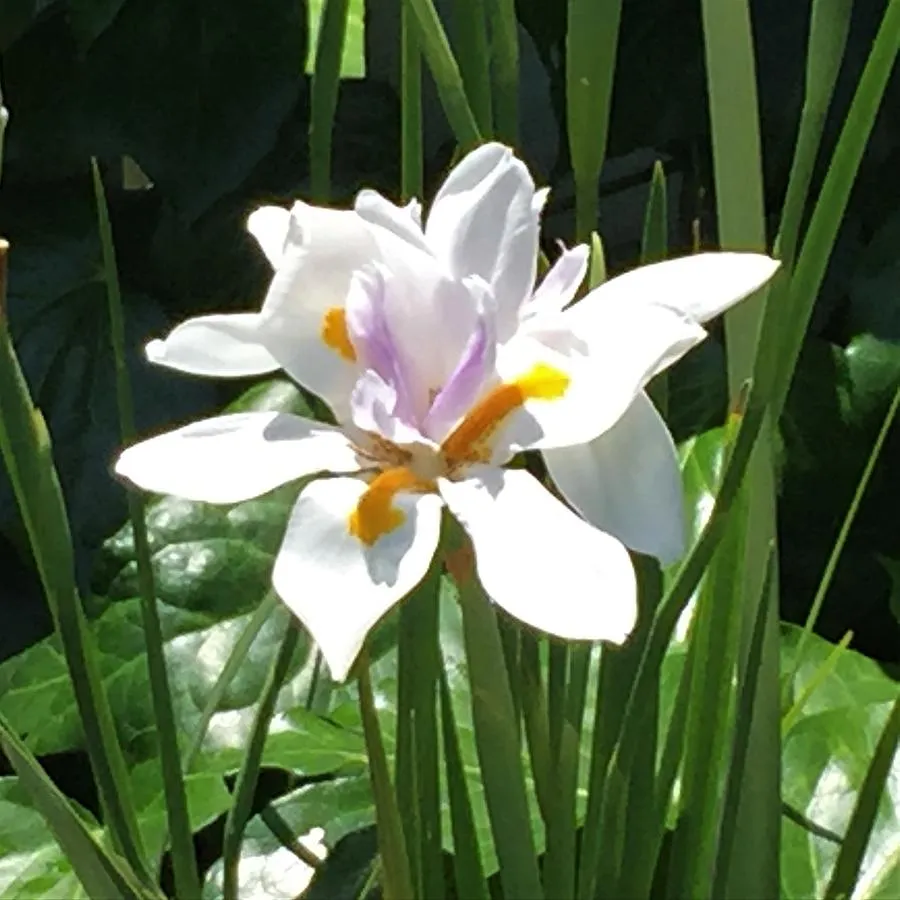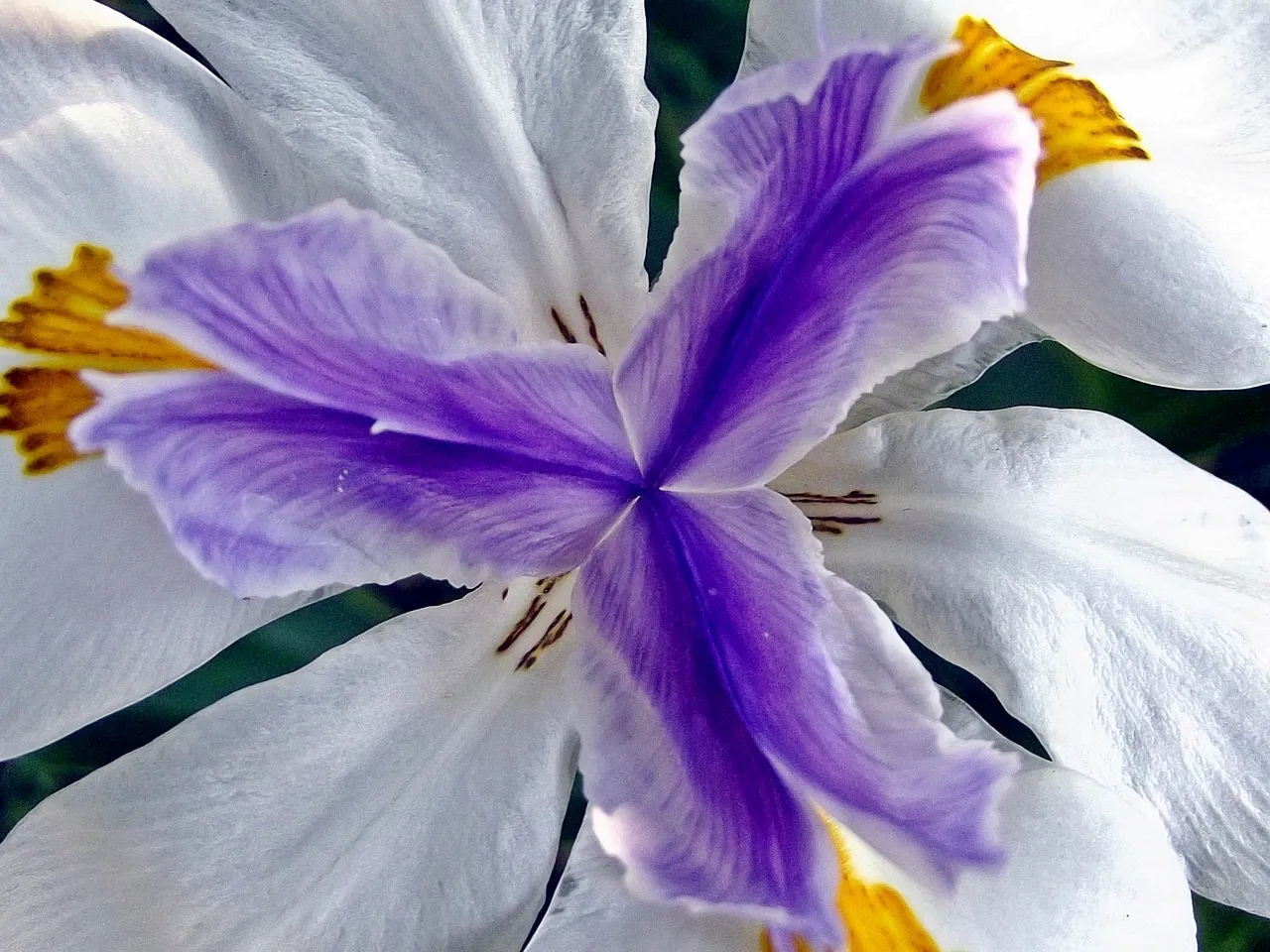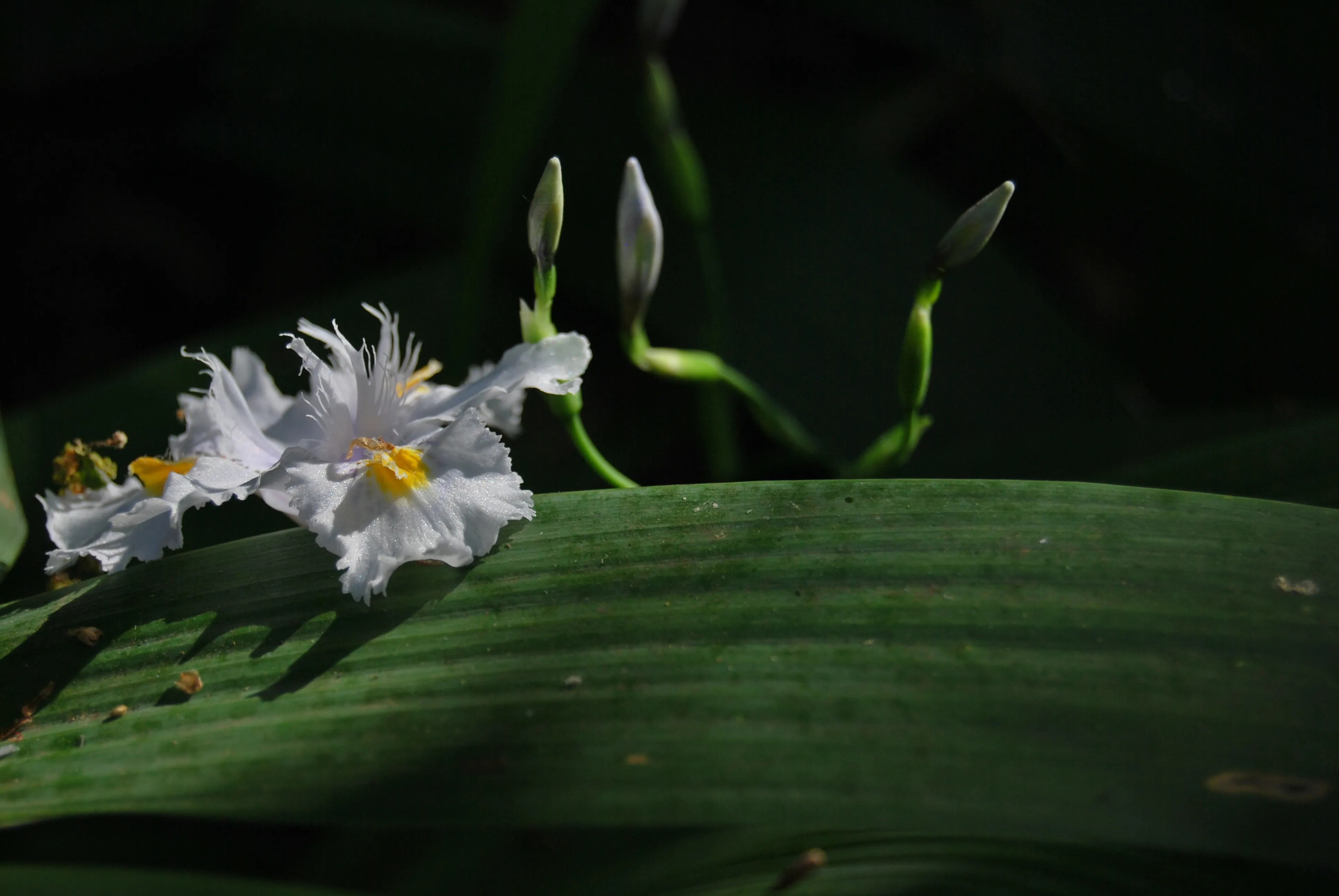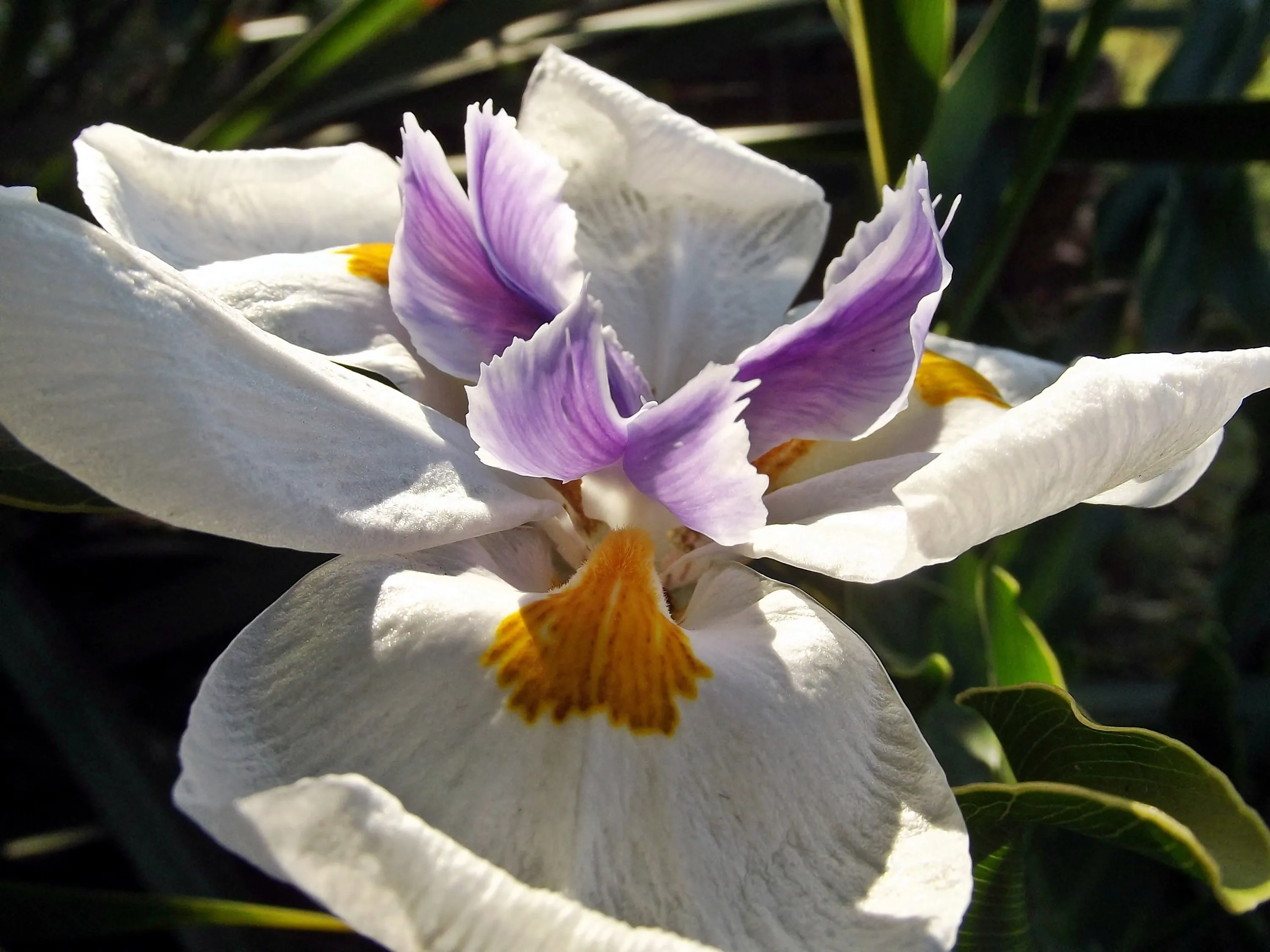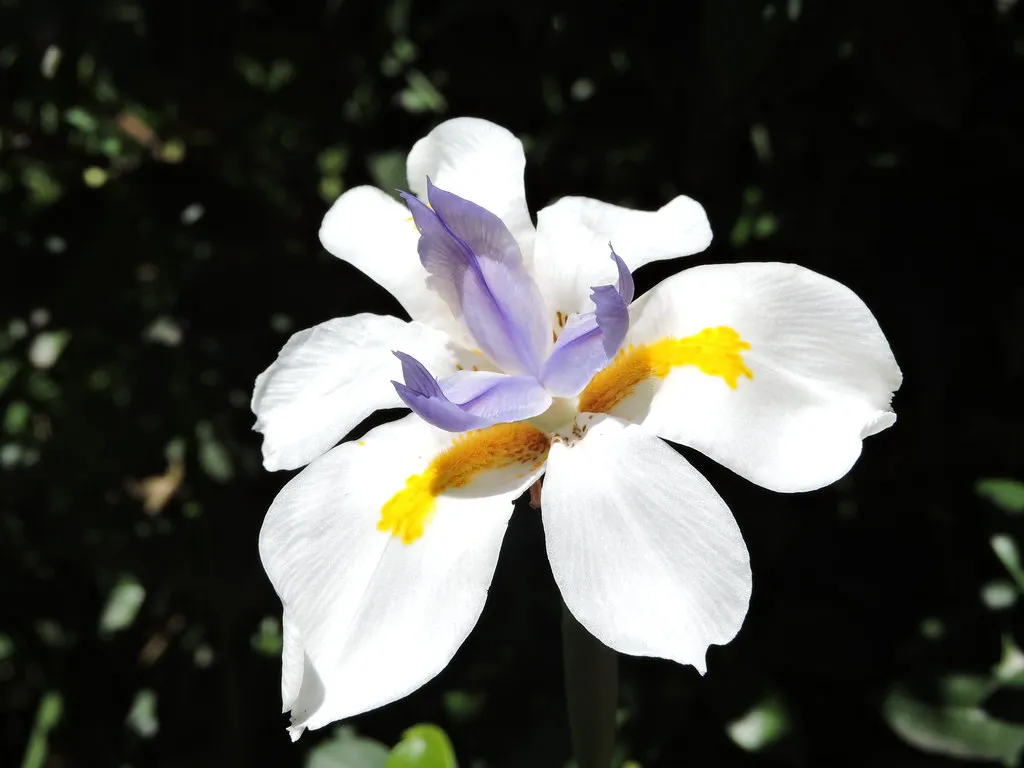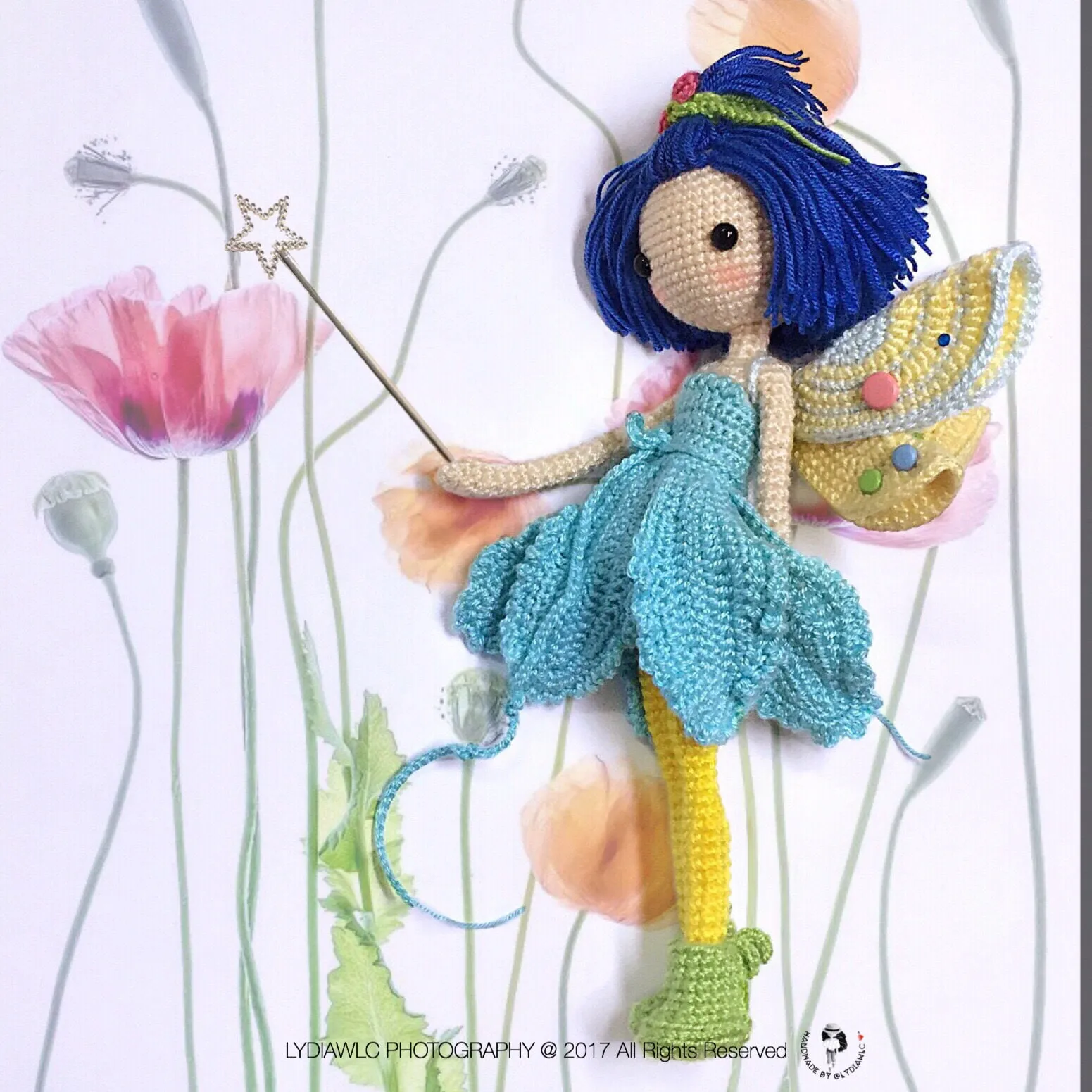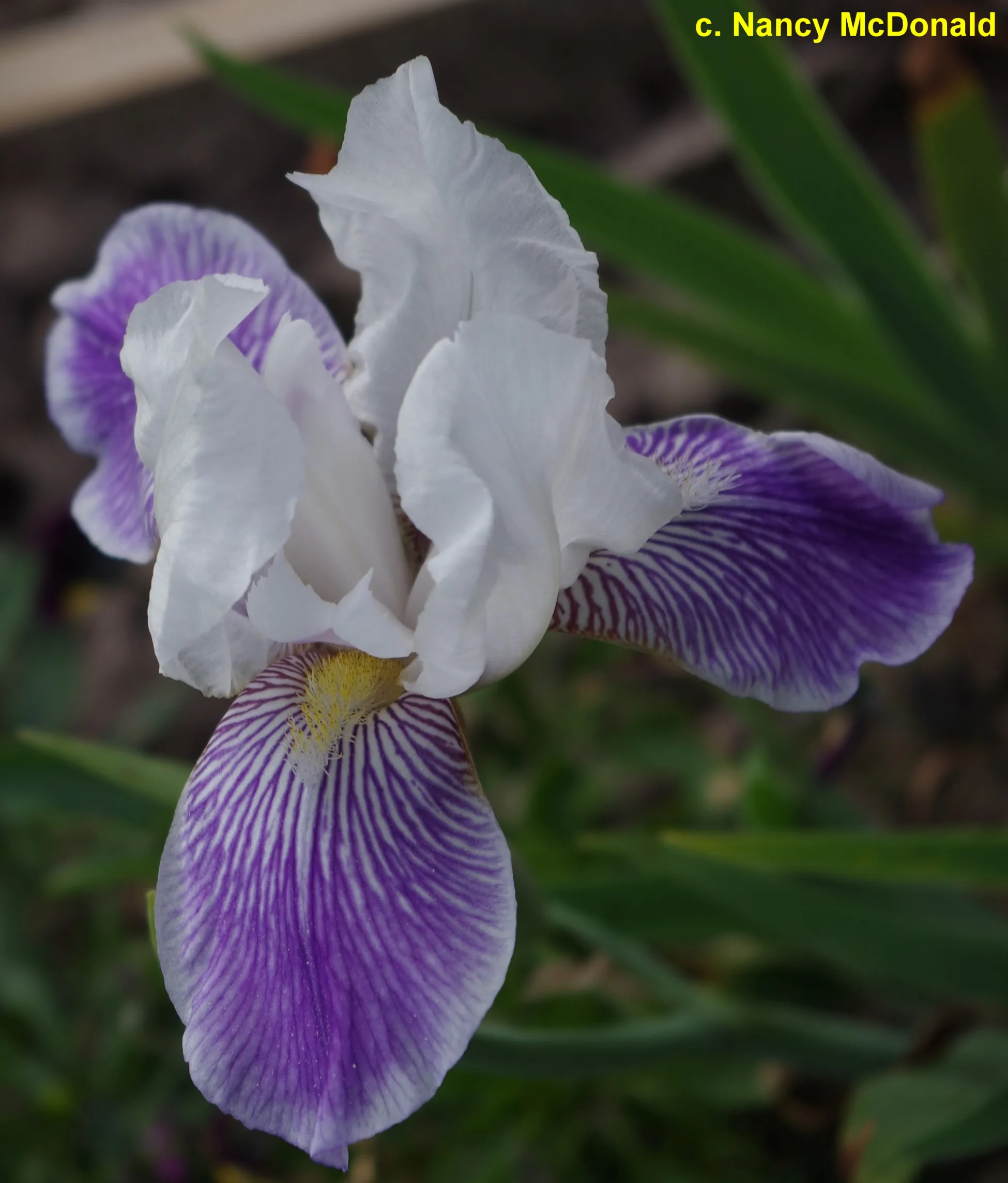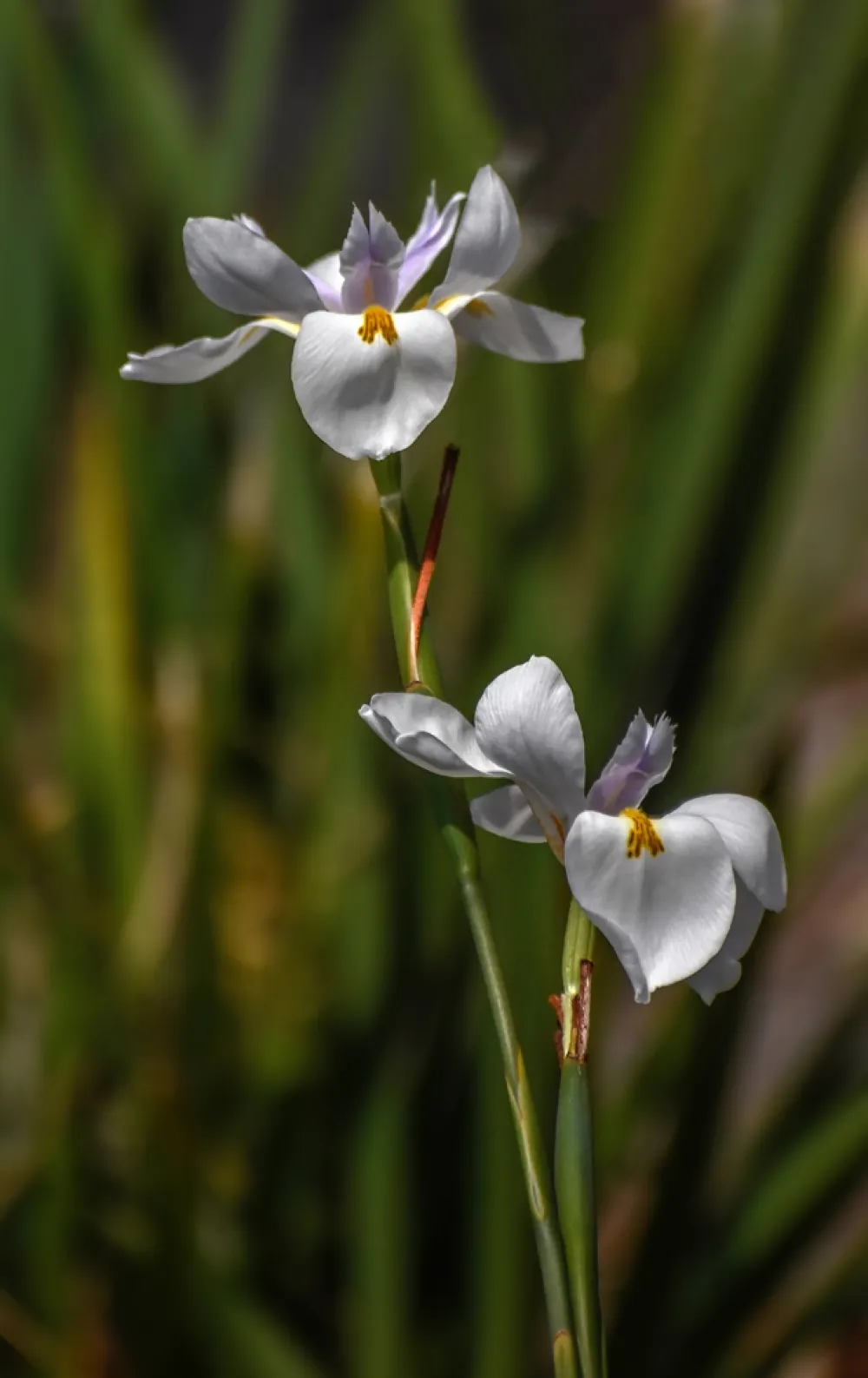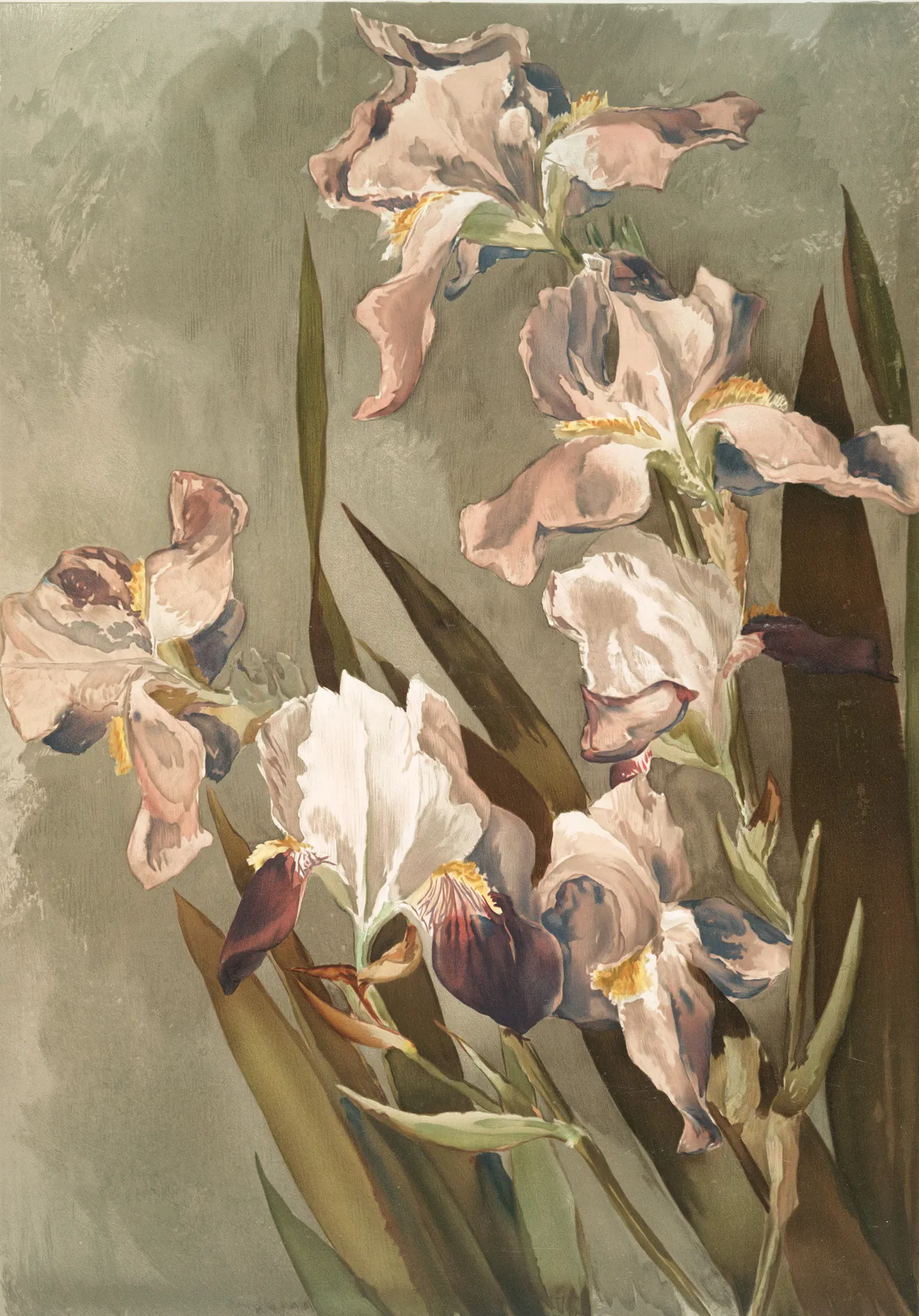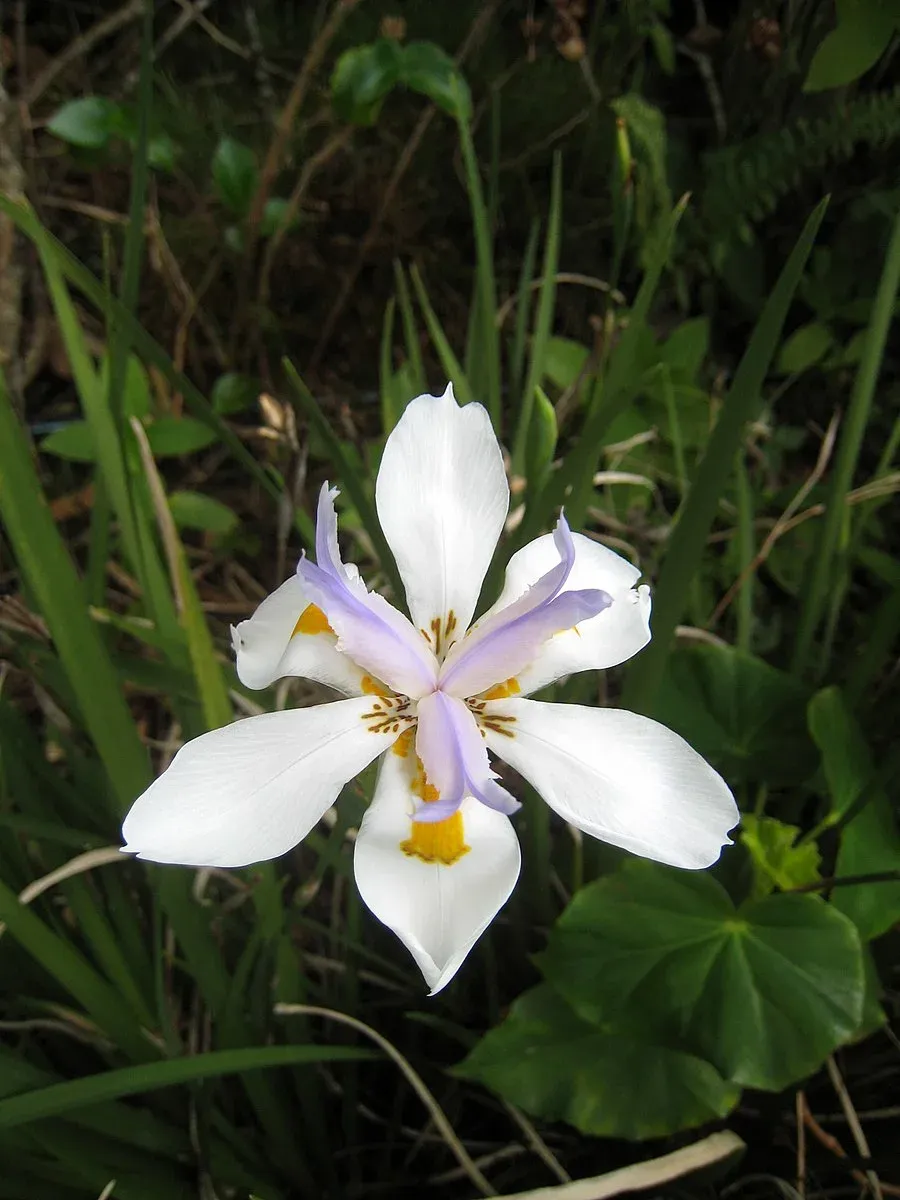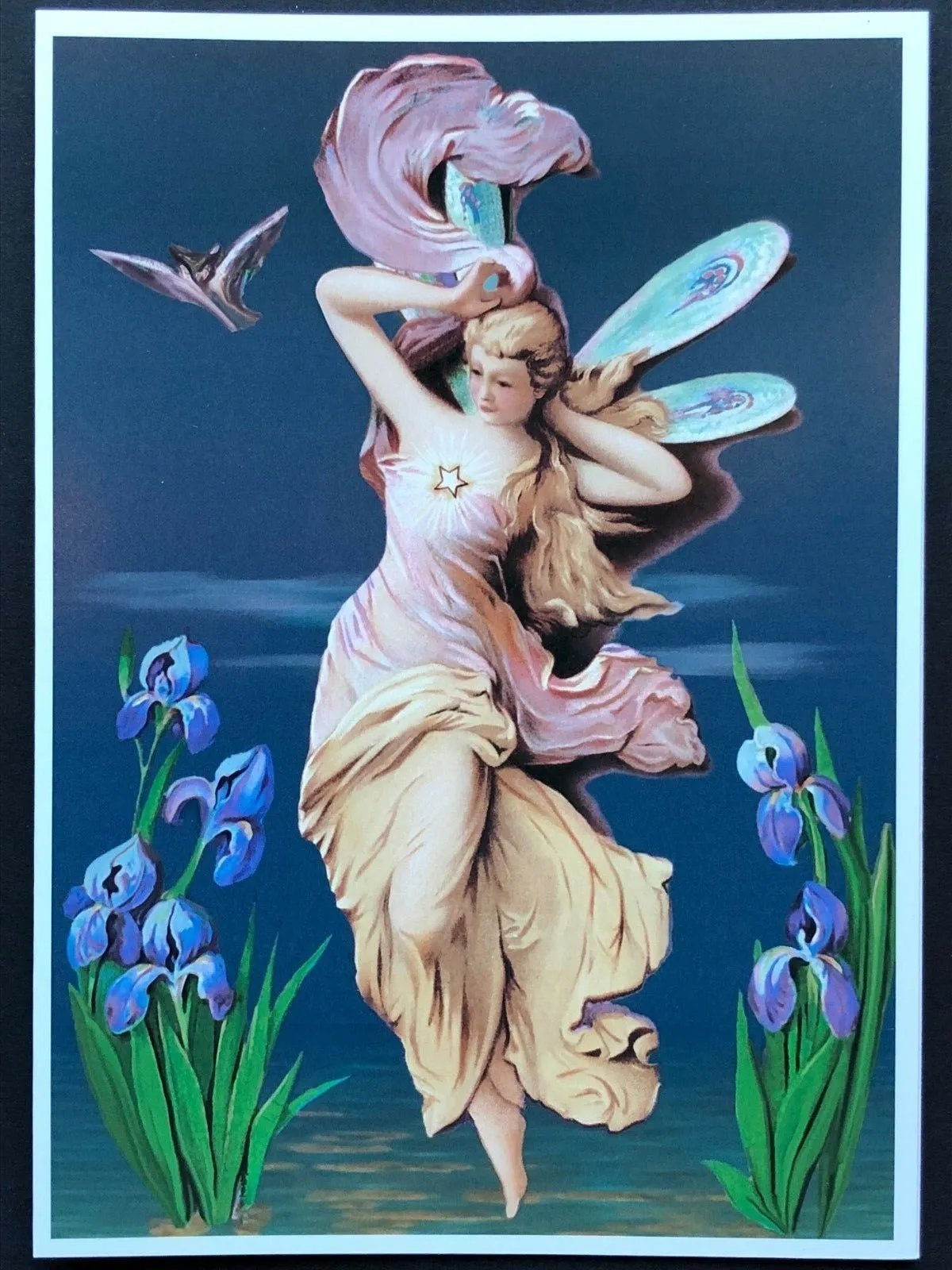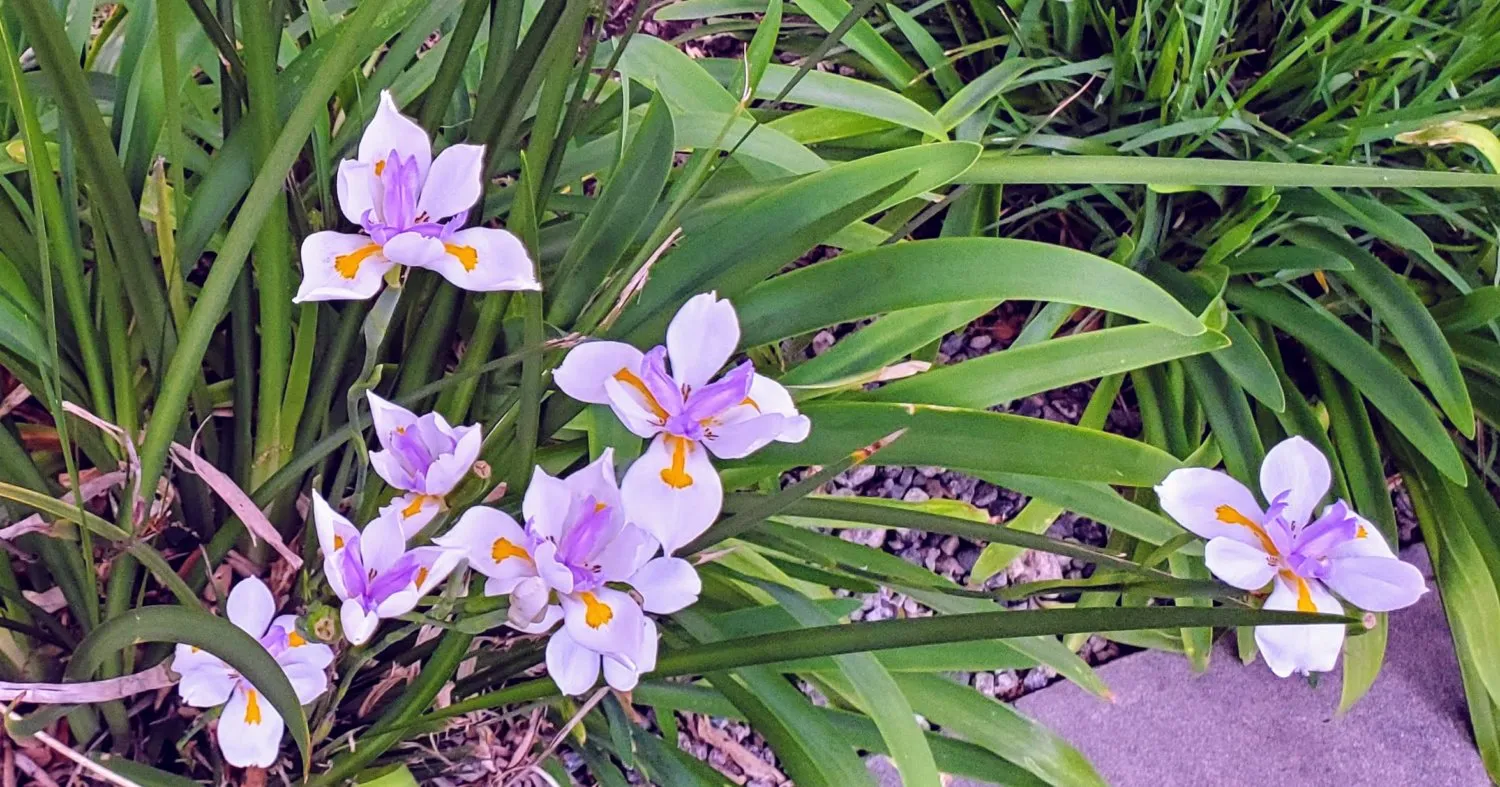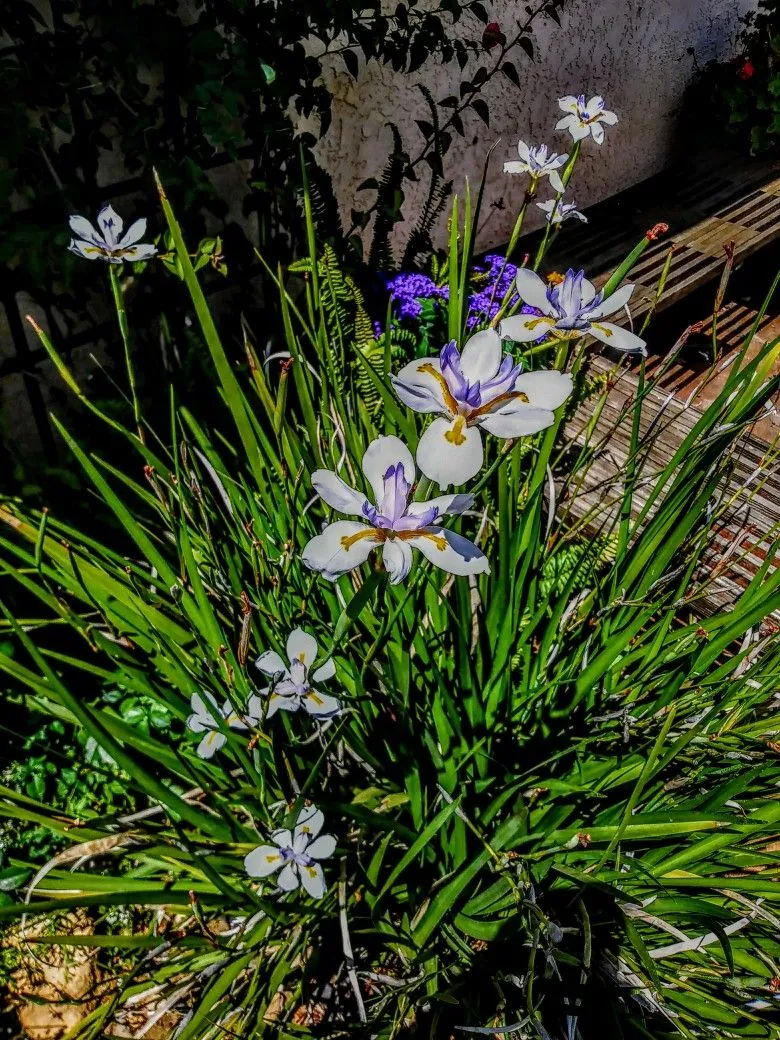Fairy Iris: The Jewel of Spring Gardens
Spring is the season of new beginnings, and what better way to celebrate the arrival of the new season than with the blooming of the Fairy Iris? This exquisite flower is a member of the Iris family, also known as the Iridaceae family. The Fairy Iris is a delightful and charming flower that is a must-have in any spring garden. In this article, we will delve deeper into the world of the Fairy Iris, exploring its characteristics, history, and significance.
Characteristics of the Fairy Iris
The Fairy Iris, also known as the Dwarf Iris or Iris Reticulata, is a small, delicate flower that is native to the Caucasus and Turkey. It grows to a height of 6 to 8 inches and has a diameter of 2 to 3 inches. The Fairy Iris has six petals that come in shades of blue, purple, and yellow. It has a distinctive yellow or white patch on its falls, which are the lower petals. The Fairy Iris has narrow, grass-like leaves that grow to a length of 4 to 6 inches. One of the unique characteristics of the Fairy Iris is its ability to grow in colder climates. It can withstand temperatures as low as -20°F, making it an excellent choice for gardeners in colder regions. The Fairy Iris is also a hardy flower that can thrive in a variety of soil types. It prefers well-drained soil and full sun to partial shade.
History of the Fairy Iris
The Fairy Iris has a rich history dating back to ancient times. The flower is named after Iris, the Greek goddess of the rainbow, who was known for her beauty and grace. According to Greek mythology, Iris was the messenger of the gods and used the rainbow to travel between the heavens and the earth. The Fairy Iris was first introduced to Europe in the 16th century by a Swiss botanist named Gaspard Bauhin. It quickly gained popularity among gardeners for its beauty and hardiness. The Fairy Iris became a symbol of spring and new beginnings and was often used in spring festivals and celebrations.
Significance of the Fairy Iris
The Fairy Iris has a significant cultural and symbolic significance. In many cultures, it is a symbol of hope, renewal, and growth. In Japan, the Fairy Iris is known as Hanashobu and is a symbol of good luck and prosperity. In ancient Egypt, the Fairy Iris was associated with the goddess Isis and was often used in funeral wreaths. In the language of flowers, the Fairy Iris represents faith, wisdom, and courage. It is also a symbol of friendship and loyalty, making it an excellent gift for friends and loved ones.
How to Grow and Care for the Fairy Iris
Growing and caring for the Fairy Iris is relatively easy, making it an excellent choice for beginner gardeners. Here are some tips to help you grow and care for your Fairy Iris:
Planting
The best time to plant the Fairy Iris is in the fall, about 4 to 6 weeks before the first frost. Choose a location that receives full sun to partial shade and has well-drained soil. Plant the bulbs about 3 to 4 inches deep and 3 to 4 inches apart. Water the bulbs thoroughly after planting.
Watering
The Fairy Iris prefers moist soil but can tolerate dry conditions. Water the bulbs regularly during the growing season, especially during dry spells. Avoid overwatering, as this can cause the bulbs to rot.
Fertilizing
Fertilize the Fairy Iris once a year in the fall, just before the first frost. Use a slow-release fertilizer that is high in phosphorus, which will help promote root growth and flower development.
Pruning
The Fairy Iris does not require pruning, but you can deadhead the flowers after they have bloomed. This will help promote new growth and prevent the plant from self-seeding.
Pests and Diseases
The Fairy Iris is relatively pest and disease-resistant, but it can be susceptible to bulb rot if the soil is too wet. To prevent bulb rot, ensure that the soil is well-drained and avoid overwatering.
Conclusion
The Fairy Iris is a delightful and charming flower that is a must-have in any spring garden. Its unique characteristics, rich history, and cultural significance make it a symbol of hope, renewal, and growth. Growing and caring for the Fairy Iris is relatively easy, making it an excellent choice for beginner gardeners. Whether you are looking to add some color to your garden or want to give a gift that symbolizes friendship and loyalty, the Fairy Iris is the perfect choice.
Frequently asked questions about Fairy Iris wallpapers
What are Fairy Iris pictures?
Fairy Iris pictures are a collection of high-quality images of the Fairy Iris flower that you can download for free from our website.
What is Fairy Iris?
Fairy Iris is a type of flower that is also known as Dietes Bicolor. It is native to southern and eastern Africa and is commonly grown as an ornamental plant.
How many Fairy Iris pictures are available on your website?
We have a total of 34 Fairy Iris pictures available for download on our website.
Can I download Fairy Iris pictures for free?
Yes, you can download Fairy Iris pictures for free from our website.
In what file formats are Fairy Iris pictures available for download?
Fairy Iris pictures are available for download in three different file formats: .jpg, .png, and .webp.
What sizes are available for Fairy Iris pictures?
You can choose from a range of different sizes for Fairy Iris pictures. We offer various widths and heights to accommodate different needs.
Do you automatically detect mobile screen sizes?
Yes, our website automatically detects the visitor's mobile screen size and chooses the right size for the visitor.
Can I use Fairy Iris pictures for commercial purposes?
Our Fairy Iris pictures are licensed under the Creative Commons Zero (CC0) license, which means you can use them for both personal and commercial purposes without attribution.
Do I need to create an account to download Fairy Iris pictures?
No, you don't need to create an account to download Fairy Iris pictures from our website. Simply choose the image you want to download and select the file format and size.
Are there any restrictions on how I can use Fairy Iris pictures?
No, there are no restrictions on how you can use Fairy Iris pictures. However, we ask that you do not redistribute the images on other websites or claim them as your own.


